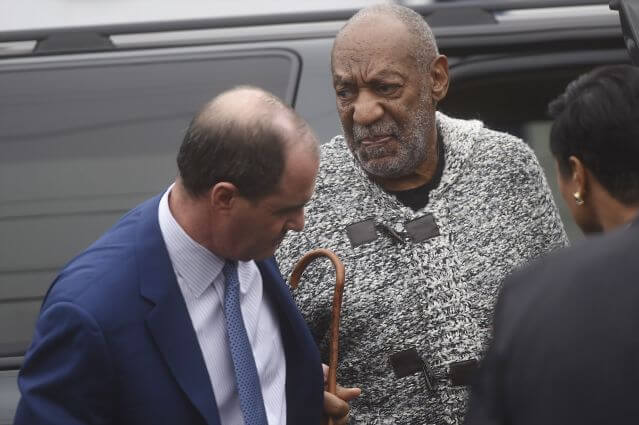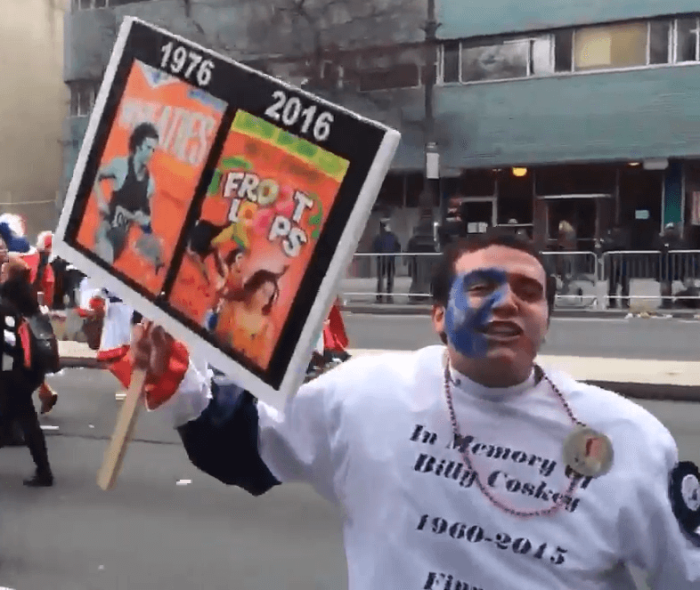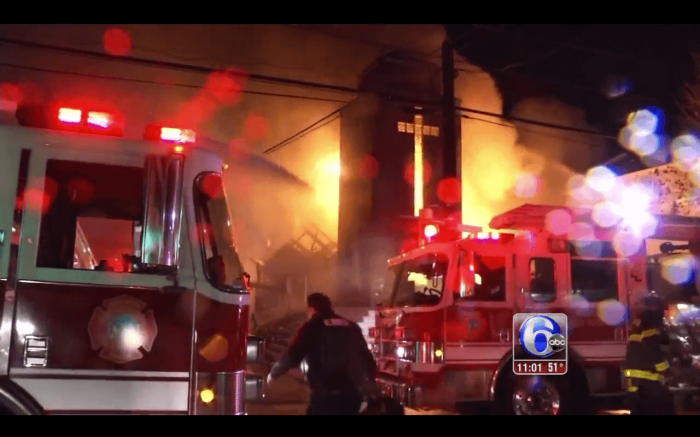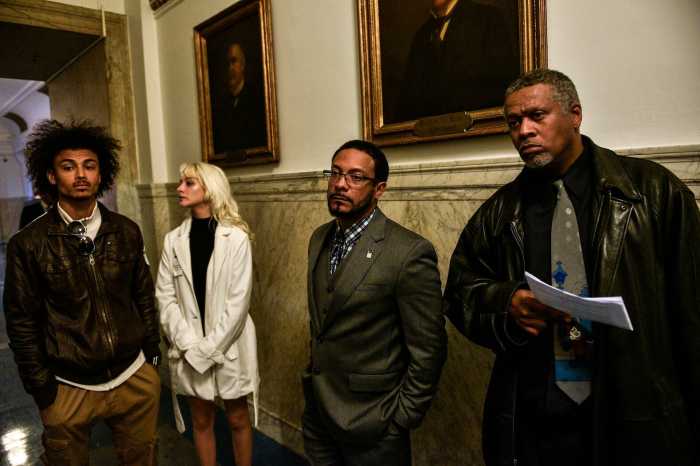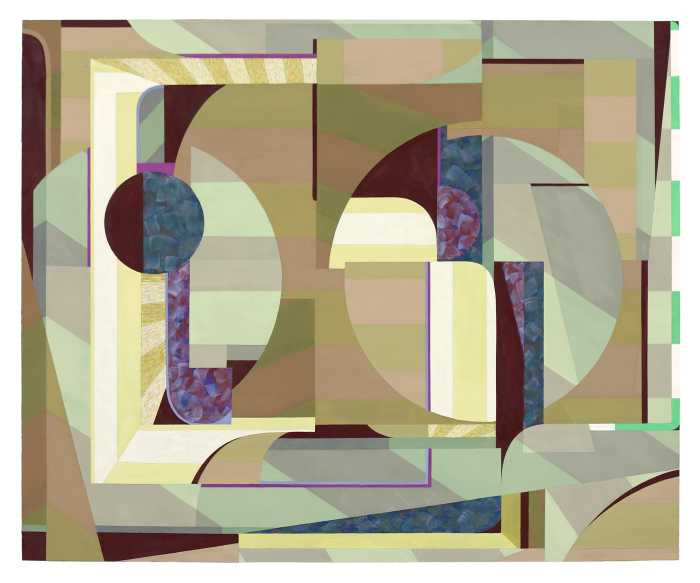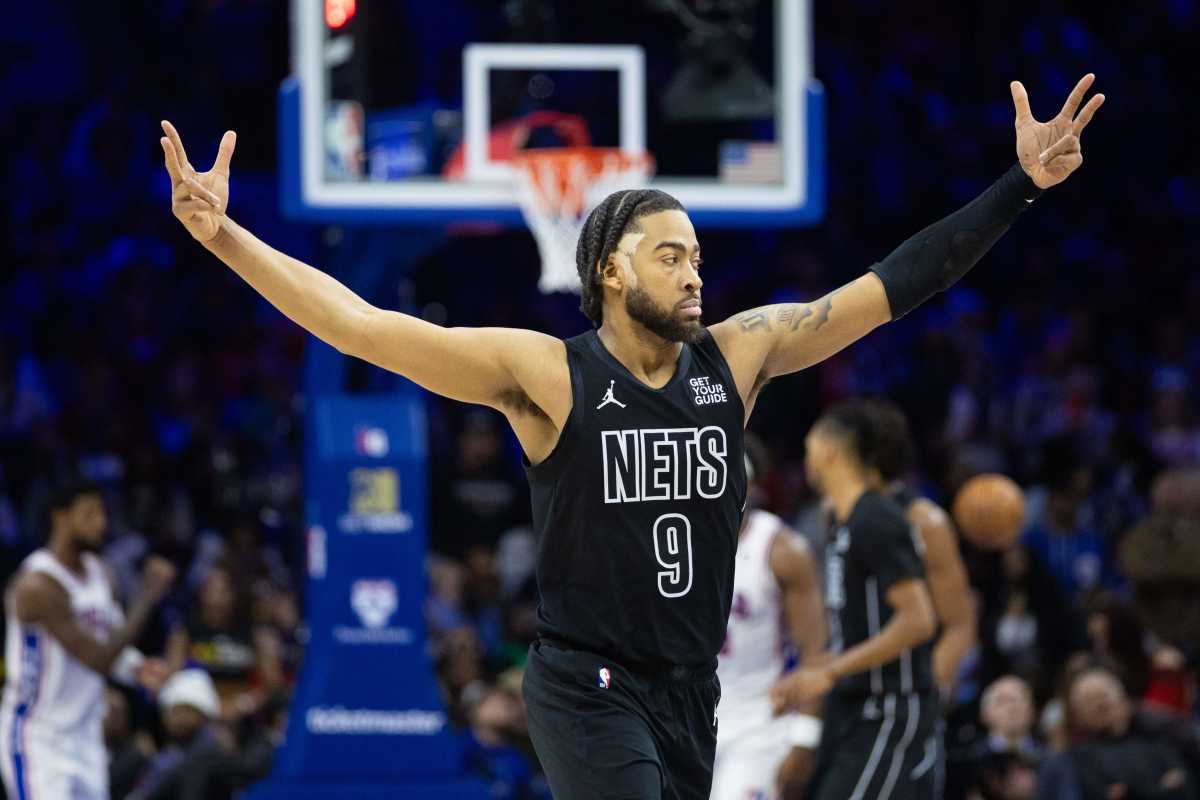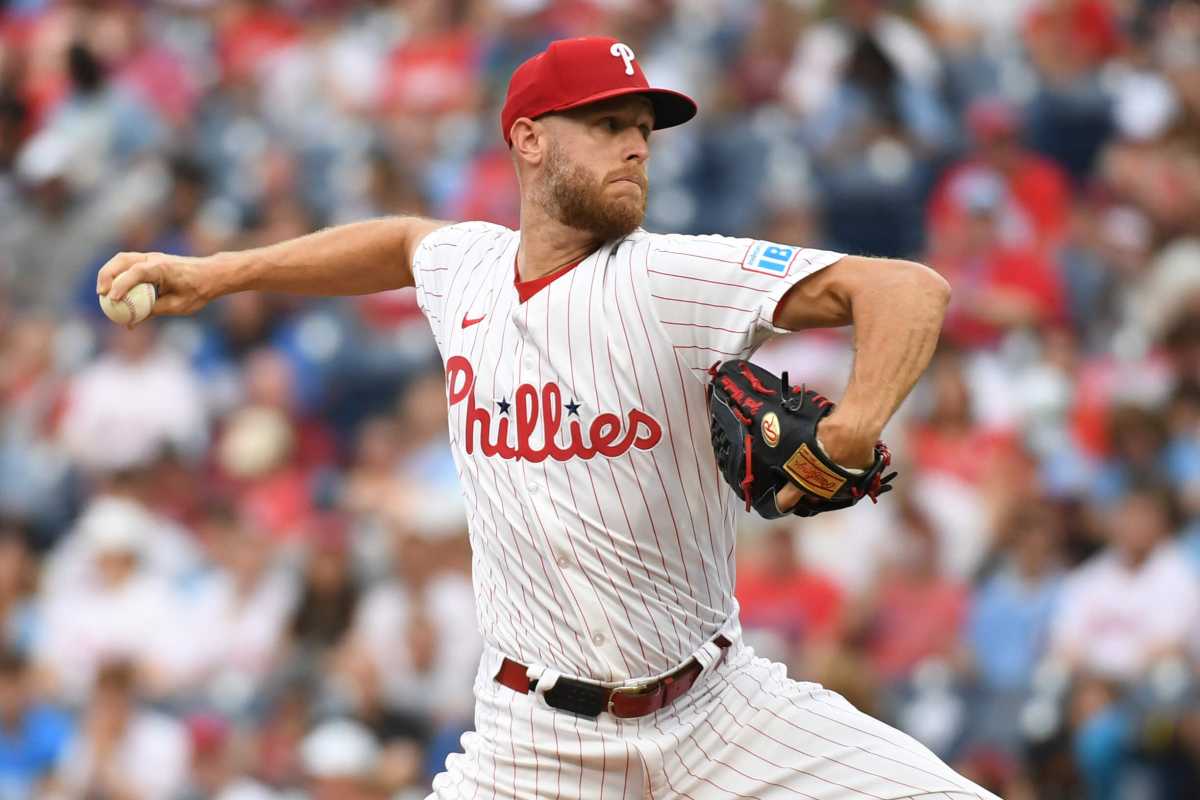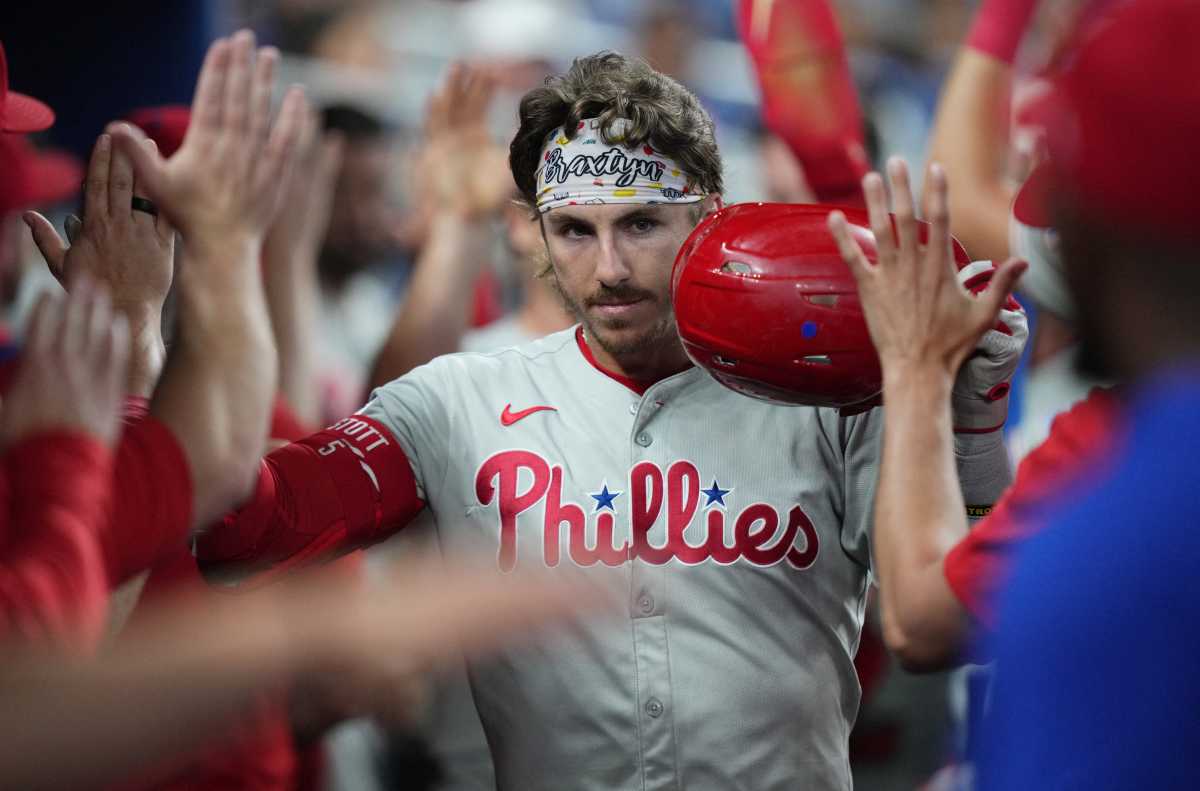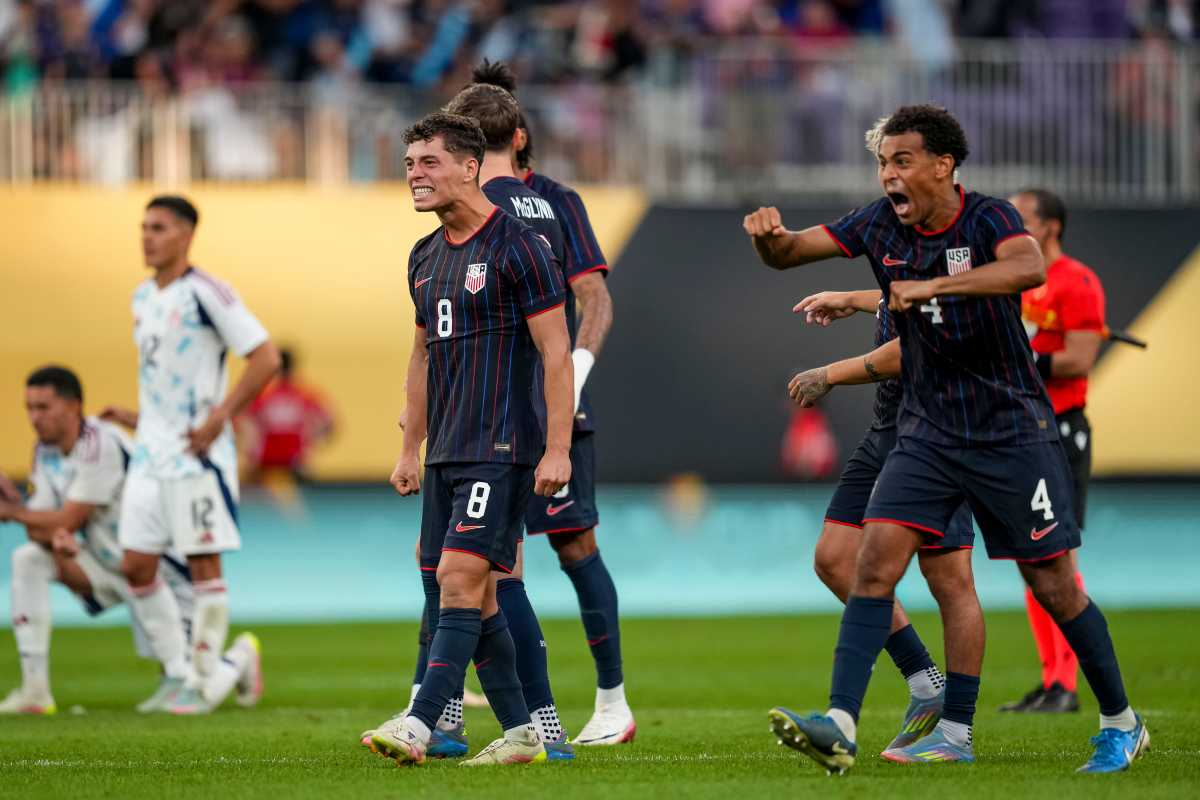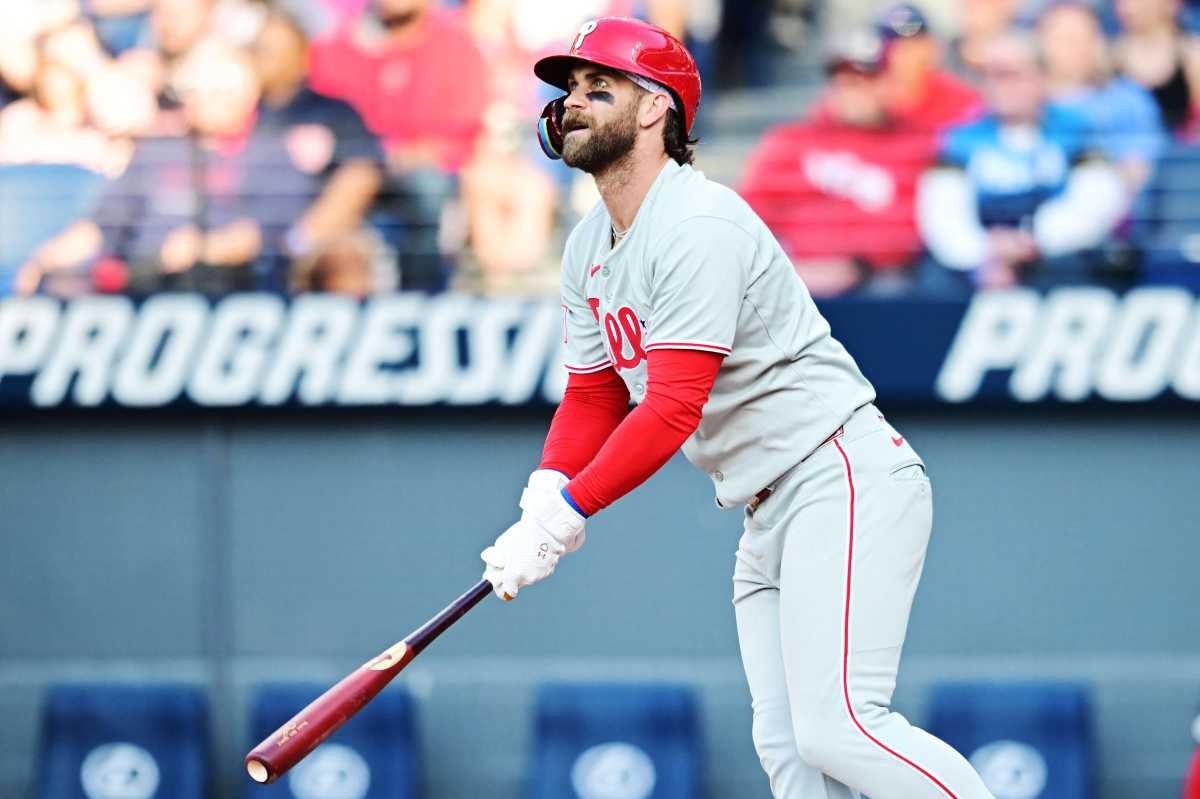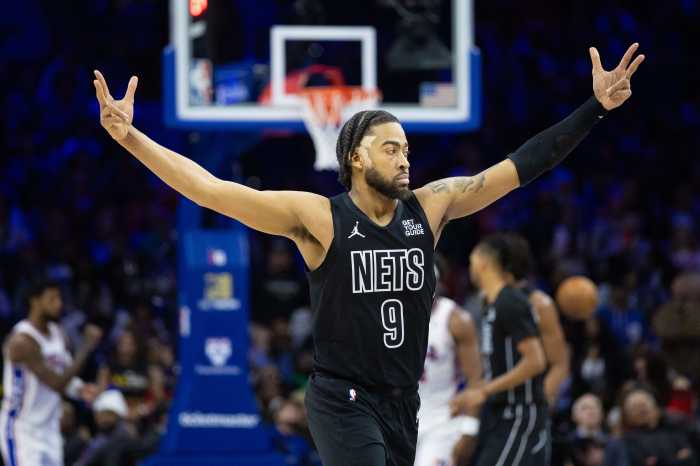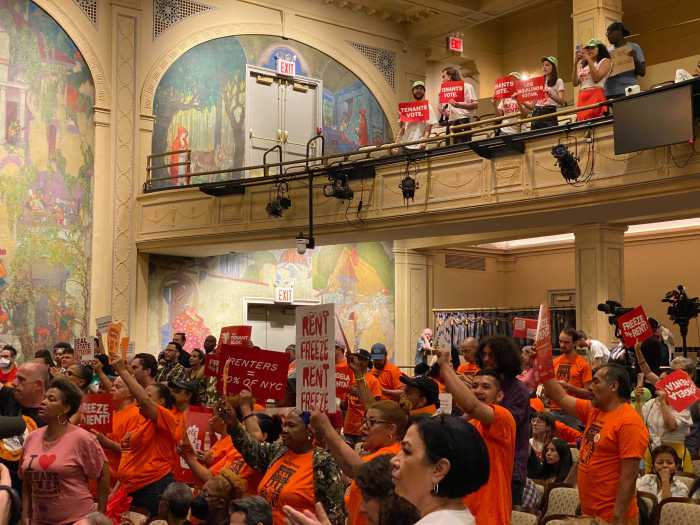It was a year ago that an encounter between a Black man and a white police officer sent shock waves across the country.
George Floyd’s death, at the hands of former Minneapolis police officer Derek Chauvin—who has since been convicted of murder—sparked cries for law enforcement reform, including in Philadelphia.
Chauvin, on May 25, 2020, kneeled on Floyd’s neck for more than 9 minutes, an event that set off several days of intense, all-day demonstrations in Philadelphia and throughout the world.
“As police officers, we witnessed the tension, angst and unrest that many members of our communities experienced as a result of George Floyd’s death,” Police Commissioner Danielle Outlaw said in a video released Tuesday.
Outlaw had been on the job for less than three months when large-scale protests erupted the Saturday following Floyd’s killing.
“While I obviously don’t condone the violent or destructive behavior that came out of the unrest, the outcries against state-sanctioned brutality and systemic injustice should not be ignored,” she said in the clip. “They are very real.”
Acting Health Commissioner Cheryl Bettigole, who assumed her position just a couple of weeks ago, mentioned Floyd in her COVID-19 update Tuesday.
“The systemic racism that led to his death is on all of our minds as we work to change outcomes from a pandemic whose outcomes are also impacted by the legacy of racism in our country,” she said.
Sixers Coach Doc Rivers, in a media appearance ahead of Wednesday night’s playoff game, donned a shirt that said, in block letters, “Call Your Senators” in support of the George Floyd Justice in Policing Act.
The legislation, which includes a wide array of reforms, including rolling back qualified immunity protections for officers, was approved in the U.S. House of Representatives but faces a tougher road in the Senate.
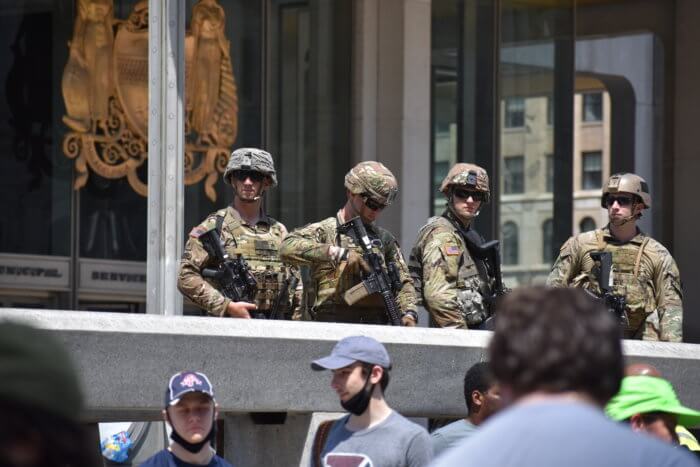
An evening vigil for Floyd was scheduled at City Hall, after Metro went to print, and the lights of Boathouse Row and several prominent skyscrapers were set to turn gold to remember all victims of police violence.
Hundreds were arrested and more than two dozen police officers were injured following Floyd’s killing last summer, as peaceful protests coincided with rioting and looting.
At the time, Mayor Jim Kenney imposed curfews as early as 6 p.m., and access to Center City was cut off. The Pennsylvania National Guard arrived in town, setting up military-style vehicles in the shadow of City Hall.
Officers deployed tear gas on demonstrators who had run onto I-676, as well as in residential areas of West Philadelphia near the site of violent clashes, decisions that drew national scrutiny and forced the Kenney administration to reevaluate their approach.
A controversial statue of Frank Rizzo, Philadelphia’s former mayor and police commissioner, in front of the Municipal Services Building was removed, as was his mural in the Italian Market.
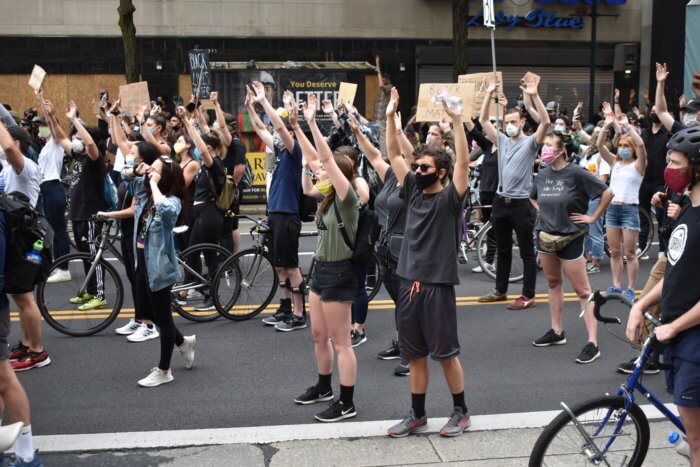
Kenney scrapped a proposed increase to the police budget, and his spending plan this year also calls for flat funding for the department.
Outlaw implemented a policy and City Council passed legislation banning an officer from kneeling on a person’s neck and similar dangerous restraint methods.
Residents voted to establish a new Police Oversight Commission, which backers hope will increase police accountability. Lawmakers are still outlining the rules of the commission, which is expected to be up-and-running by July, according to WHYY.
Kenney launched a reconciliation committee to discuss a range of issues, including policing, criminal justice and poverty. It is due to release an update next week.




